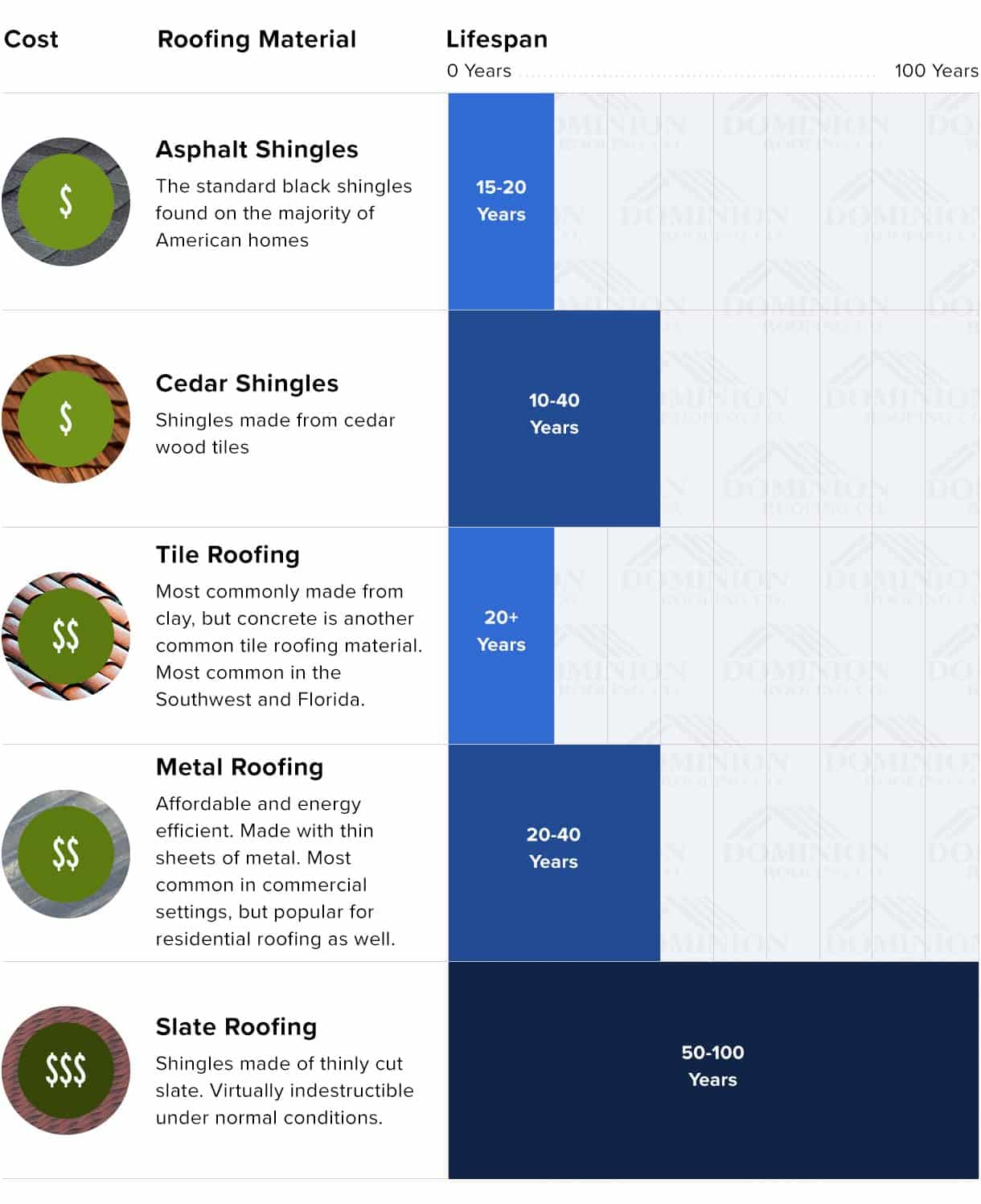The Contribution Of Roofing System Ventilation To An Effective Installation Refine
The Contribution Of Roofing System Ventilation To An Effective Installation Refine
Blog Article
Developed By-Kehoe Curtis
When you're dealing with a roof covering job, you might not assume much regarding roof ventilation, however it's more crucial than you recognize. https://andremhdys.yomoblog.com/38877969/which-aspects-influence-roofing-expenditures-and-in-what-means-can-house-owners-make-knowledgeable-decisions-to-optimize-their-investment-explore-the-vital-understandings-you-require assists control temperature and wetness in your attic, avoiding issues like mold and architectural damage. By understanding exactly how to design and install a well balanced ventilation system, you can improve energy effectiveness and extend the life-span of your roofing products. So, what are the crucial elements to think about throughout installation that can make all the distinction?
Importance of Roof Air Flow
Roofing air flow plays a crucial role in keeping the total health of your home. By allowing what is it worth to circulate via your attic, it assists manage temperature and wetness levels. This balance is necessary to protect against heat build-up throughout warm months, which can result in boosted energy prices as your air conditioning burns the midnight oil.
Furthermore, correct air flow dramatically lowers the danger of moisture-related problems like mold and mold. If humidity levels increase, your home's architectural integrity can be endangered, bring about expensive repair services. You wouldn't want to deal with decaying timber or distorted roofing materials, right?
In addition, adequate air flow expands the life-span of your roof. When warmth and dampness are kept in check, your roof can perform ideally, avoiding early damage. This indicates less migraines and expenses down the line.
How Roof Ventilation Works
Efficient roofing ventilation relies upon the all-natural activity of air to create an equilibrium in between consumption and exhaust. When you set up vents, you're essentially allowing fresh air to enter your attic while making it possible for hot, stale air to get away. This process assists control temperature level and moisture levels, avoiding issues like mold growth and roofing damage.
Consumption vents, commonly located at the eaves, draw in great air from outdoors. At the same time, exhaust vents, situated near the ridge of the roofing, allow hot air rise and leave. The distinction in temperature level creates an all-natural air flow, known as the stack impact. As warm air increases, it develops a vacuum that draws in cooler air from the lower vents.
To optimize this system, you require to make sure that the intake and exhaust vents are effectively sized and positioned. If the consumption is limited, you won't attain the desired ventilation.
Likewise, inadequate exhaust can trap heat and moisture, resulting in potential damage.
Key Setup Factors To Consider
When mounting roofing air flow, several key considerations can make or break your system's efficiency. First, you need to examine your roof covering's style. san antonio tx roofer , form, and materials all influence airflow and ventilation selection. Make sky remodeling to pick vents that fit your roofing kind and local climate problems.
Next, think about the placement of your vents. Ideally, you'll want a well balanced system with intake and exhaust vents placed for ideal air movement. Area consumption vents low on the roofing system and exhaust vents near the top to encourage a natural circulation of air. This setup aids stop dampness build-up and promotes power performance.
Do not forget about insulation. Appropriate insulation in your attic prevents warmth from escaping and maintains your home comfy. Guarantee that insulation doesn't block your vents, as this can prevent airflow.
Finally, think of maintenance. Choose ventilation systems that are easy to accessibility for cleaning and evaluation. Routine upkeep ensures your system continues to operate properly over time.
Final thought
In conclusion, roof covering ventilation is necessary for a successful setup. By making certain correct airflow, you can stop warm build-up and wetness problems that lead to expensive damages. When you tactically position consumption and exhaust vents, you improve power efficiency and prolong the life-span of your roof. Bear in mind, a well-ventilated roof not just safeguards your investment but likewise improves your interior air top quality. So, prioritize ventilation to guarantee a resilient and cost-effective roofing system for your home.
